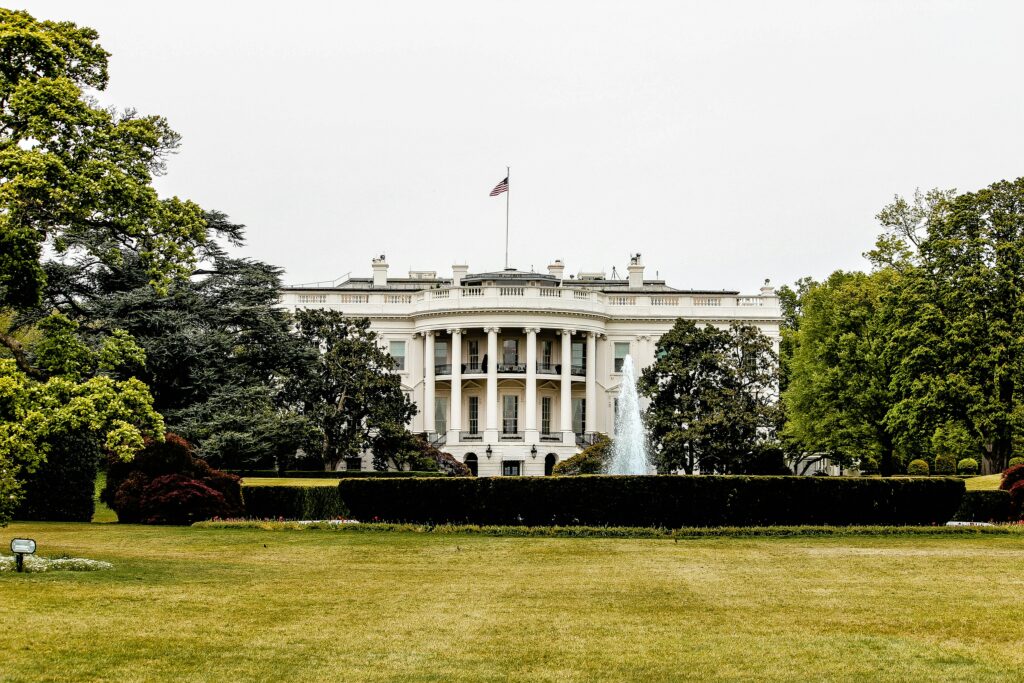
Donald Trump is back in the White House and is proposing changes that could affect multiple segments. One proposal is implementing tariffs on imported goods, which could impact the EV market.
These tariffs aim to promote domestic production and reduce imports. Nonetheless, their focus will primarily be on China and Mexico, potentially posing significant difficulties for US auto manufacturers and consumers, especially in the electric vehicle sector.
So, what should we expect?
Understanding the Proposed Tariffs
Trump’s plan involves increasing tariffs on imports from China by as much as 60%. This is crucial because the EV sector relies heavily on China for batteries, minerals, and other key parts.
As for Mexico, some car imports could see tariffs soaring to 200%. If these tariffs go through, we might see a reduction in the number of available EVs on the market.
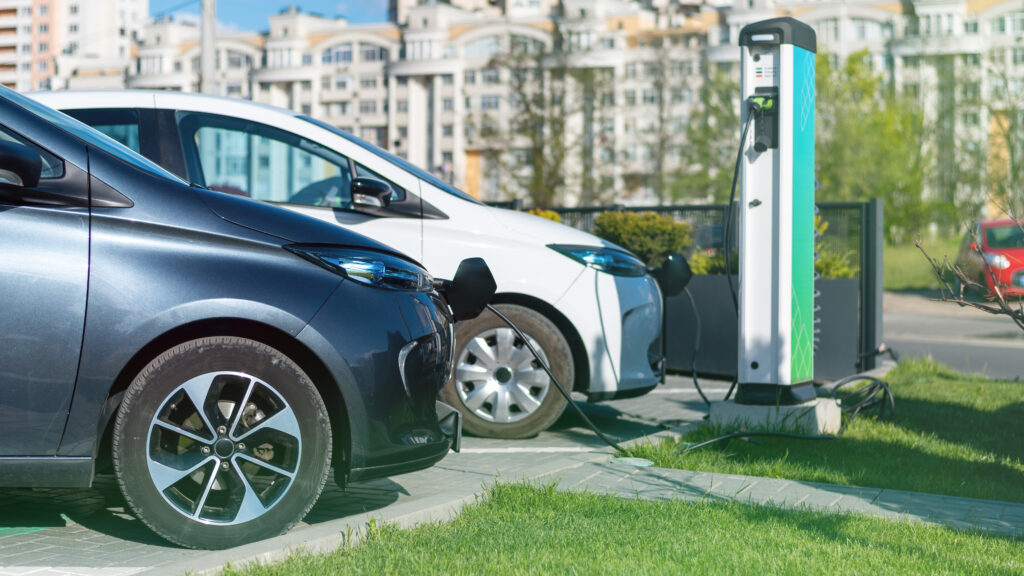
The tariffs are proposed to support domestic manufacturing. Implementing them means we’ll lessen our reliance on foreign supply chains, which could help strengthen the economy.
That said, this kind of strategy doesn’t come without a drawback. The main one revolves around the EV segment, specifically the price.
Effect on Production Expenses
EV production in the US heavily depends on the global supply chain for batteries and electronics. China is a key player in this, so implementing tariffs will result in a price increase for imported components.
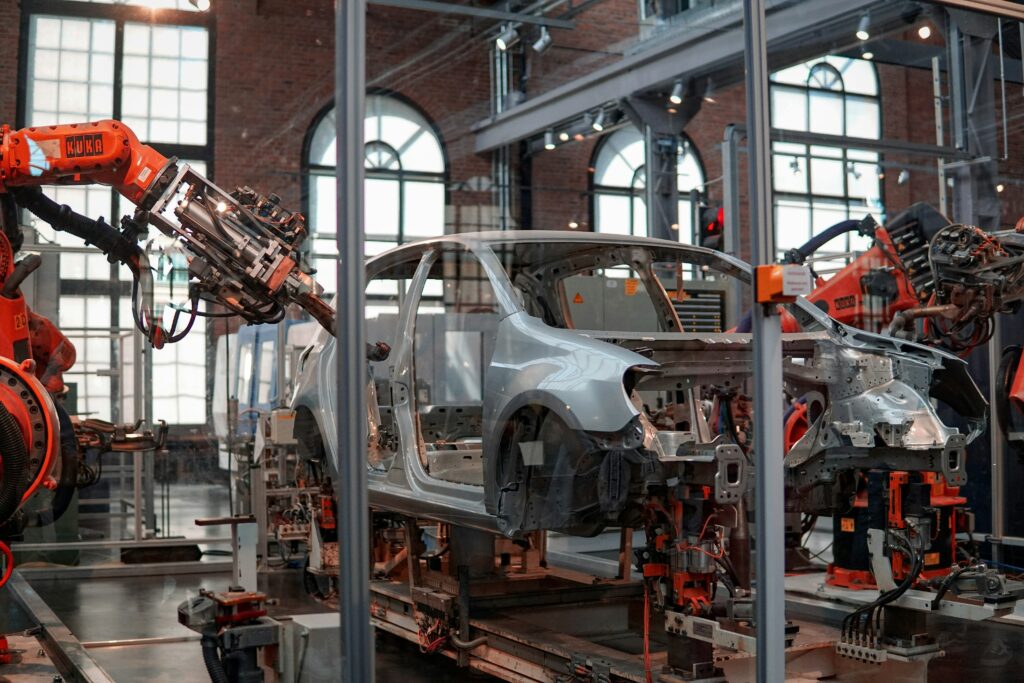
This could force manufacturers to choose between reducing their profits or increasing the prices of their EVs. Companies like Ford (F) and General Motors (GM) lead the charge, so this change could affect them the most.
Regardless of their choice, one side will have much to lose. Unfortunately, the EV market and its long-term growth could suffer in either scenario.
Changes in Supply Chains
To tackle the impact of higher tariffs, automakers might consider shifting their supply chains to lessen their reliance on Chinese imports. Some might explore options in other countries, particularly in North America, or look into sourcing essential EV components domestically.
However, moving production isn’t a quick or cheap fix; establishing US-based facilities for extracting minerals and producing batteries and other EV parts would demand a hefty investment.

While the Trump administration might back these initiatives with tax breaks or subsidies, the US EV market is likely to go through a rough patch before local supply chains can fully replace imports.
During this adjustment phase, disruptions in supply chains and rising costs could slow down EV production and availability, especially for budget-friendly models aimed at everyday consumers.
Consumer Impact: Rising Prices and Limited Choices
Consumers might feel the pinch from these tariffs as electric vehicle (EV) prices increase, which could shrink the number of affordable options available.
Many Americans are still sensitive to price when thinking about switching to electric, and if costs rise due to tariffs, some might hold off on buying or stick with traditional gas cars that could be cheaper since they aren’t hit with the same import fees.
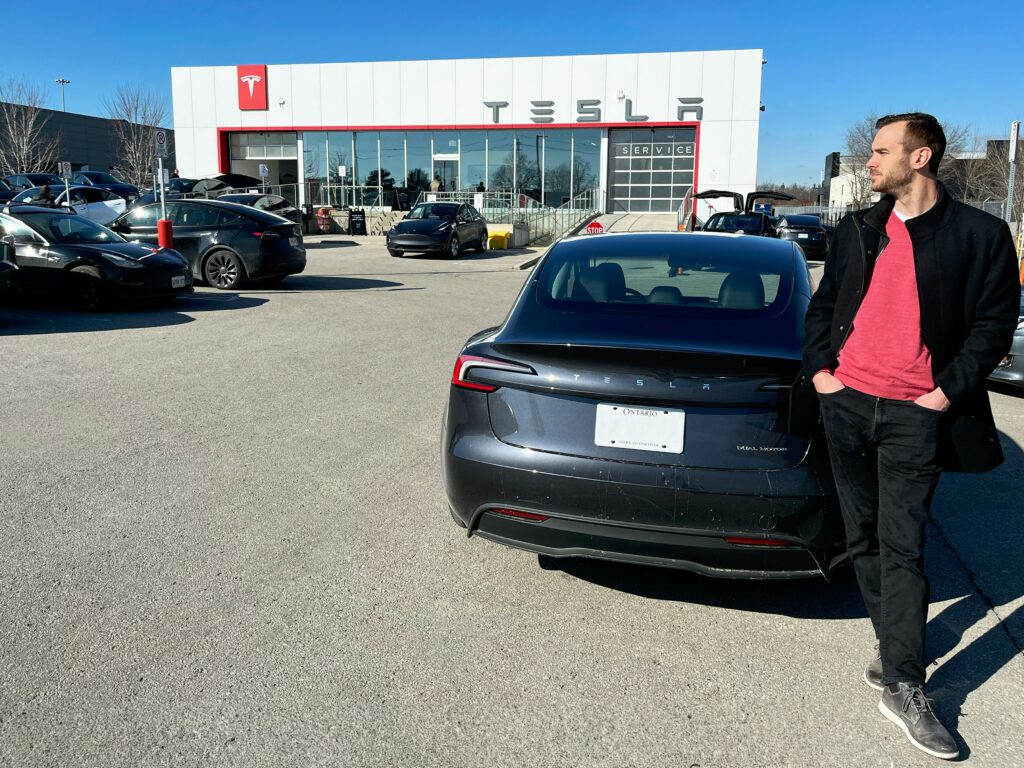
Manufacturers could choose to increase prices to compensate and keep their profits roughly the same. While this seems like the natural thing to do, it could push the EV market further down the “expensive” route. Fewer affordable EVs mean the rate of adoption will drop significantly.
In addition, companies like Honda (HMC) and Toyota (TM) rely on Mexico for the production of EVs and hybrids. Tariffs that could reach up to 200% could force them to consider new production strategies to ensure their profits don’t suffer.
Potential Advantages for US Manufacturing
The proposed tariffs bear some good news. They could increase domestic investment in EV manufacturing. The proposed goal is to boost US production, which could help achieve a more independent EV supply chain.
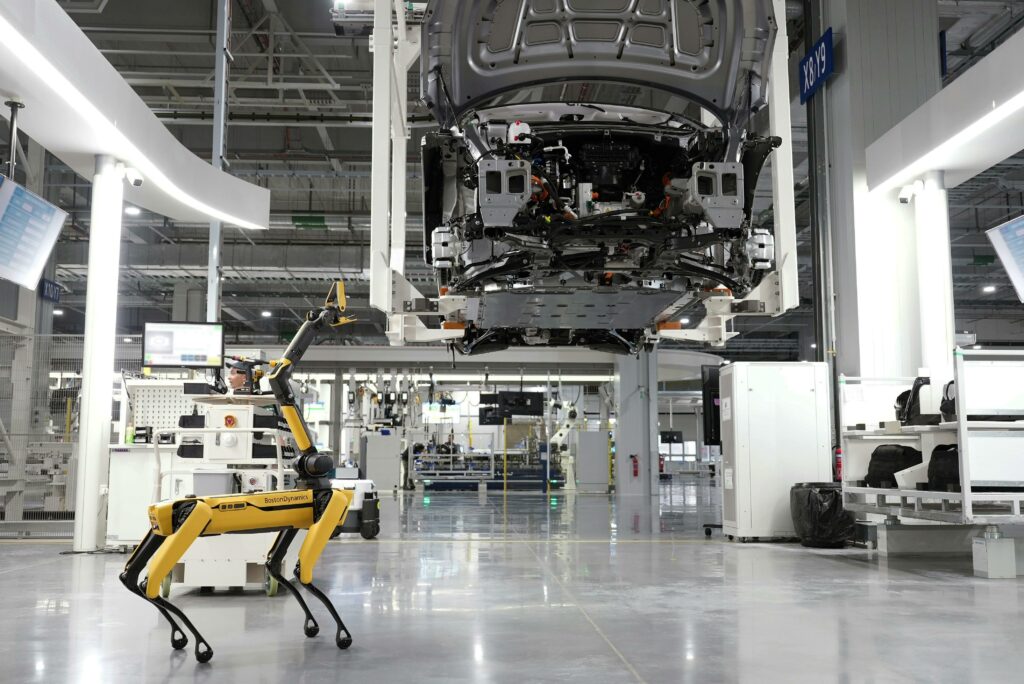
Key investments in mining key minerals and production facilities in the US could reduce dependence on imported materials. If this turns out to be a success, we might see price drops on EVs, something we’ve been eagerly waiting for. In addition, pushing the market to think more domestically means more job openings.
The most important thing is that these changes don’t come overnight. While it seems like a very good idea that will benefit the US, the road won’t be as smooth. Before we begin to see the advantages, we’ll have to live with the consequences revolving around EV prices and availability.
Global Trade and Competitive Positioning
The proposed tariffs seem like they could impact the domestic manufacturers, but the rest aren’t immune to these changes. With more and more automakers considering investing in the US, these tariffs could force them to reconsider.
In addition, the potential price increase could also make American-made EVs less attractive to the rest of the world. Countries that don’t impose such tariffs could keep producing budget-friendly EVs and grab a bigger slice of the global market.
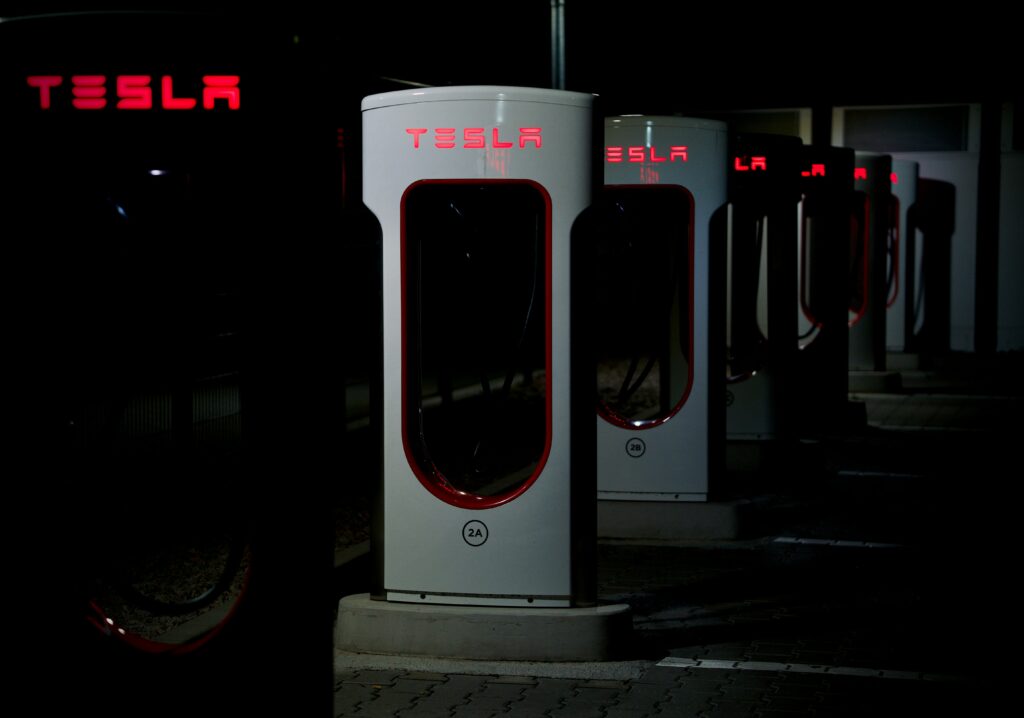
For example, while these tariffs might shield US automakers at home, they could also limit their competitiveness in foreign markets pushing for EV adoption. Plus, foreign car manufacturers that dodge tariffs and keep their EV prices down could gain an edge in the global arena, potentially impacting the US’s position in the shift towards electric transportation.
China’s Vulnerability to Tariffs
As unlikely as it may seem, the proposed tariffs could also impact China’s economy. With the recent real estate downturn, debt, and weak demand, China could face another problem – reduced interest in exports.
At the moment, the US EV segment relies on imports from China, so trying to boost local products will mean a reduced need for foreign goods.
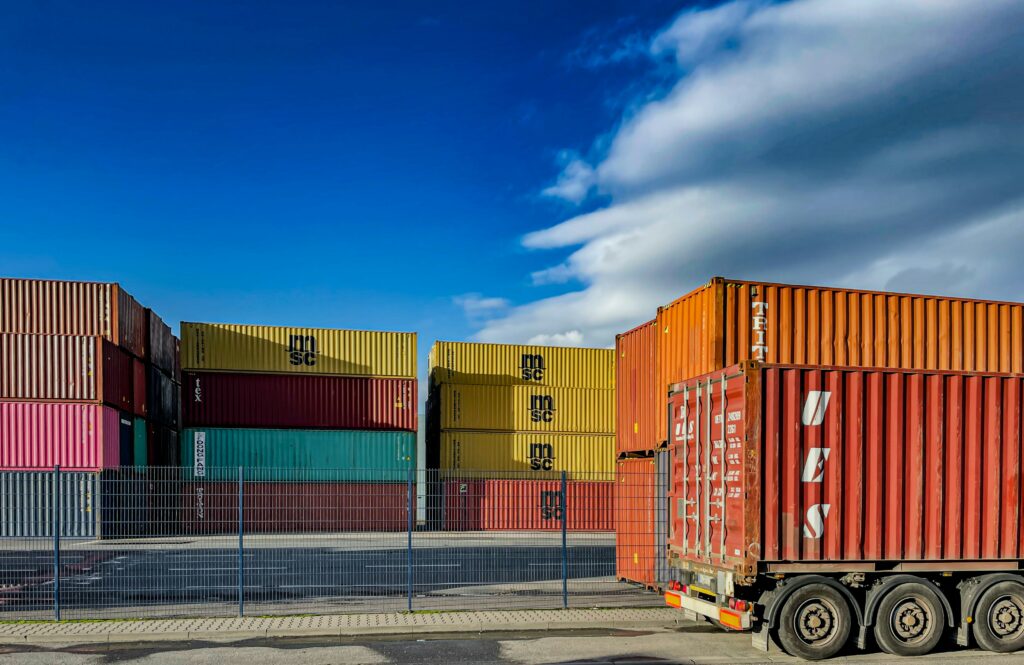
Additionally, deflationary trends and limited options for devaluing its currency make it tricky for China to react to tariffs. A major drop in the Yuan to offset the proposed tariffs could lead to capital flight, adding additional strain to the economy. If the demand for Chinese goods from the US reduces, it could deepen the already existing economic troubles.
Long-Term Outlook for the EV Market in the US
The effect of the proposed tariffs on the domestic EV market could depend on multiple factors. One of the most essential ones would be how quickly the market can adjust. This covers domestic production and consumer interest. Keep in mind that this is with the potential increase in price calculated. A key player will be the automakers and how quickly they can shift toward the local supply chain.
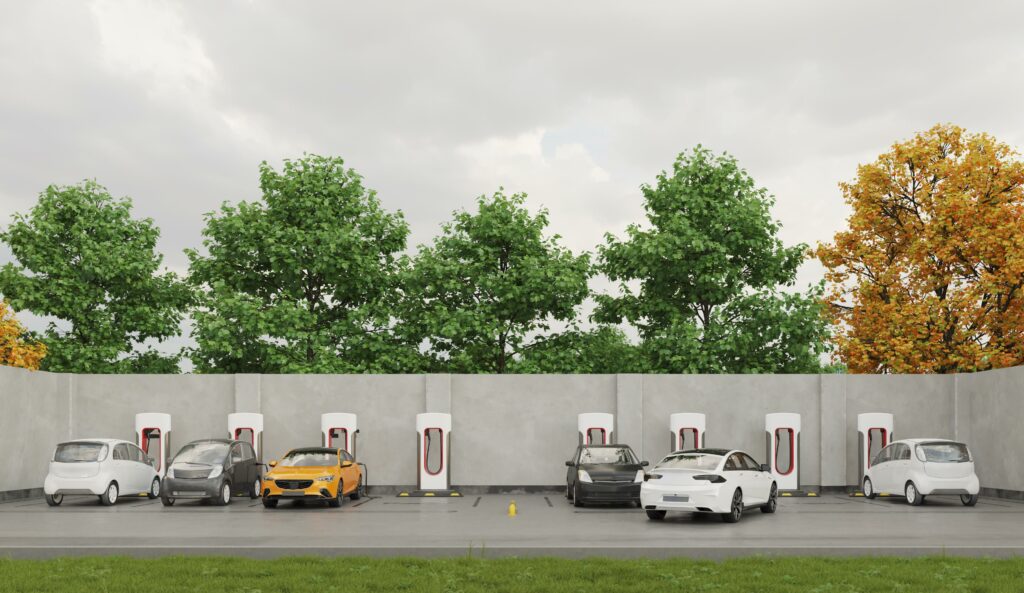
Through the eyes of the potential buyers, the proposed tariffs could cause problems, especially from a financial perspective. While the goal is to transition more towards domestic manufacturing and outsourcing, it’s important to note how long this process will take. The longer the process, the more obstacles consumers will face. All of this depends on how well the foundation for the supply chain is built.
At the end of the day, the tariffs are proposed to do more good than harm. With that said, the EV market needs to adjust to ensure the process goes smoothly and automakers and consumers don’t struggle with the change.




